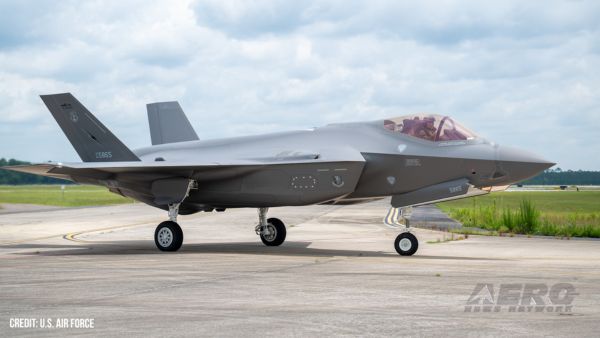Green Skies Of Brazil Encompasses 10 Different Airports
GE Aviation, working cooperatively with aviation stakeholders, is implementing a multi-year program to improve airspace efficiencies in Brazil. Green Skies of Brazil encompasses 10 airports and is the result of a two-year national research initiative with air navigation service provider DECEA, Brazilian regulator ANAC, trade organizations and the airlines to identify operational efficiencies using data analytics. GOL is the first airline committed to the program and all qualified operators will be able to participate. Click here for a graphic of potential savings at Brasilia International airport.

GE Aviation’s Flight Analytics platform used detailed airspace, airport and airline operational models to evaluate the efficiency of historical flight operations, identify areas for improvement, and quantify the potential efficiency gains. As a result, GE’s Navigation & Fuel Management experts quantified the value of deploying Required Navigation Performance (RNP) procedures to airlines in Brazil. DECEA will be deploying the public-use RNP procedures and multiple city pair procedures at 10 key airports in southeast Brazil. This effort ensures an efficient, cost-saving network within the first year.
The 10 airports selected for the program will be: Guarulhos, Congonhas, Viracopos, Galeão, Curitiba, Brasília, Confins, Vitoria and Pampulha; initial paths at Santos Dumont were deployed in 2012. At Brasilia International airport alone, GOL could potentially save an average of 22 track miles, 7.5 minutes, 77 gallons of fuel and 1628 lbs of CO2 per approach compared to the conventional paths, totaling more than $24mm in operational savings over five years. Watch a video on the program here.
“Once the RNP paths are deployed, GE Aviation’s Flight Analytics platform will analyze actual flight and operational data to support optimization, validate the cost savings and identify additional areas for improvements,” said Giovanni Spitale, general manager of GE Aviation’s Flight Efficiency Services. “This may include optimizing the paths for additional fuel and track mile savings, vertical profile reduction, capacity gains, runway throughput or environmental improvements.”

GOL’s team spearheaded the program from an airline-perspective, sharing flight and operations data with GE for analysis, supporting calculations of cost savings through their Continuous Improvement program and identifying airspace bottlenecks.
With Brazil air travel expected to grow 6.5% annually over the next 10 years, and commitments to host the World Cup in 2014 and the Olympic Games in 2016, Brazil’s major aviation stakeholders recognize that airspace efficiency must be improved as quickly as possible. Through the use of RNP and data analytics, increased air traffic demands can be accommodated while simultaneously reducing operating costs and environmental footprint.
“I would like to sincerely congratulate all the organizations involved for their commitment and proactive work on the Green Skies of Brazil program,” said Captain Ronaldo Jenkins, operations director, ABEAR. “The collective effort of each organization’s expertise will certainly assure the success of this groundbreaking work. Working separately might get us there, but working together will certainly go faster and more efficiently. That is the objective of this private-public partnership- to benefit all airspace activities in Brazil.”
“GE Aviation is committed to increasing air traffic operational efficiencies in Brazil through innovative solutions and practical research,” said Sergio Caram Zuquim, Latin America director, GE Aviation’s Flight Efficiency Services. “The Green Skies of Brazil program is the outcome of a two-year research program, and the vision of DECEA, GE and GOL. More than 10 Brazilian civil aviation stakeholders are participating in the program including SAC, ANAC, INFRAERO, ABEAR, ABAG, Petrobrás Cenpes and Azul.”
 ANN's Daily Aero-Linx (08.27.25)
ANN's Daily Aero-Linx (08.27.25) ANN's Daily Aero-Term (08.27.25): Class C Service
ANN's Daily Aero-Term (08.27.25): Class C Service ANN FAQ: Submit a News Story!
ANN FAQ: Submit a News Story! Airborne-NextGen 08.26.25: Iran UAV Knockoffs, X-37B Spaceplane, Army Training
Airborne-NextGen 08.26.25: Iran UAV Knockoffs, X-37B Spaceplane, Army Training Classic Klyde Morris (08.25.25)
Classic Klyde Morris (08.25.25)




